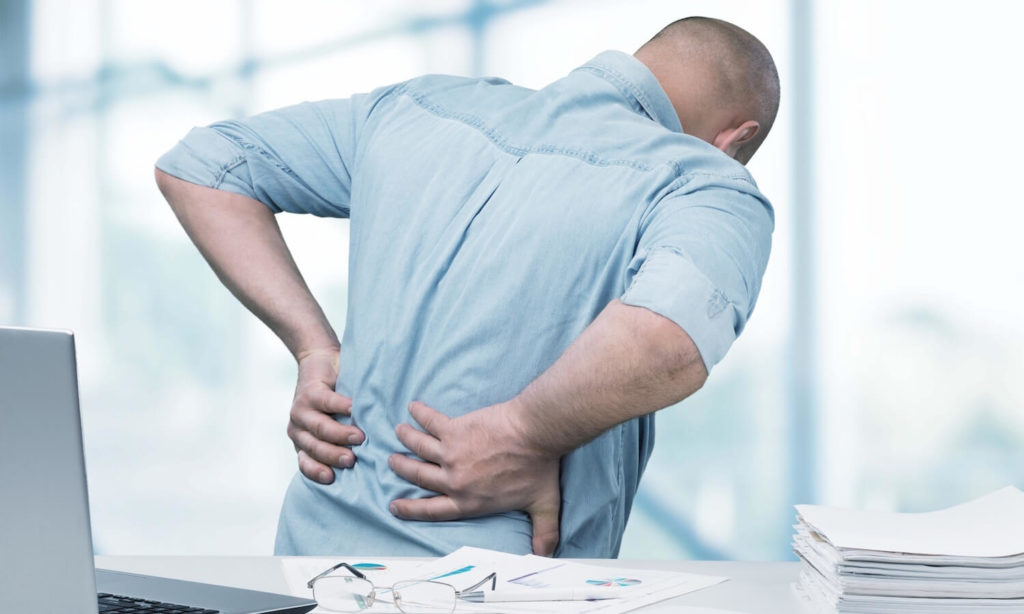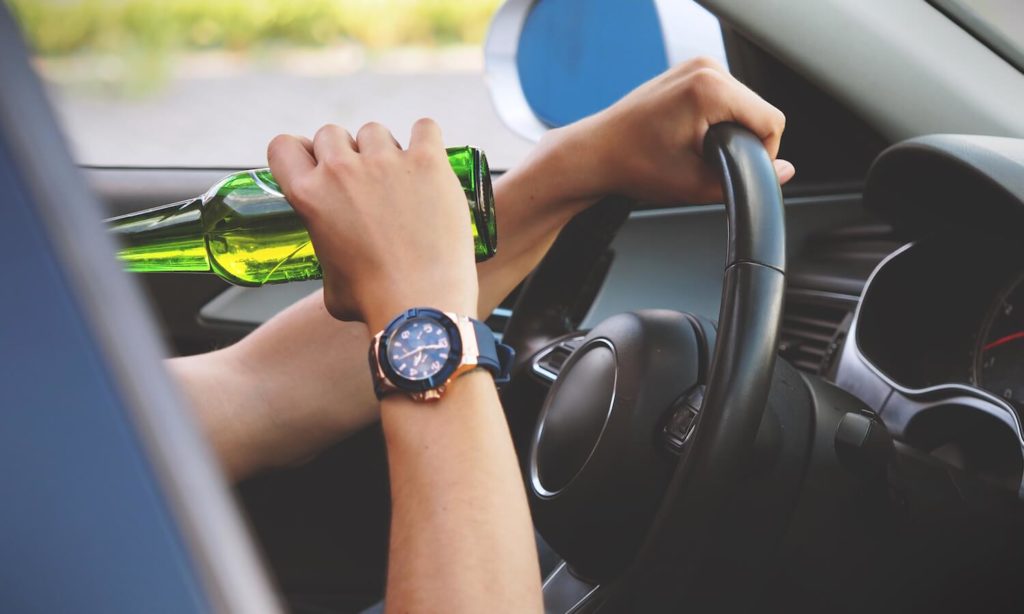It’s Time to Prepare for Winter Driving Hazards
We are well into the fall season and while it may seem a bit early, it’s a great time to prepare yourself and your family for winter driving hazards. This is particularly true if you have a young driver in your family, or a new driver who’s never driven in winter weather. Take a few minutes to review these hazards with your family and discuss a plan to remain safe on the roads this winter. 1. Loss of traction in snow. If there’s snow on the roads, your vehicle will have less traction between the tires and the road surface. This is important to keep in mind while on the road but also while in your own driveway. Even pulling out of the driveway or parking space can be dangerous and lead to a crash if you don’t take extra precautions to compensate for the lack of traction. One way to compensate for this is to move your car back and forth a few times before parking. When attempting to move your vehicle again, clear a few feet of snow in front and behind. Packing down the snow under the vehicle and clearing the snow, can make it easier to gain the initial traction necessary to get your vehicle moving. Remind your loved ones to also keep a light foot on the accelerator to gain traction. Spinning the wheels is not always a good idea because it can cause the tires to create a rut that fills with ice and slush. You’ll also want to leave extra time and space for braking on slippery surfaces since tire traction is an important factor in being able to bring your vehicle to a stop. Many drivers operate four-wheel drive or all-wheel drive vehicles because they seem more sure-footed in the snow. It’s important to remember that these cars can create an illusion of safety. They are just as difficult to stop on a slippery road as a two-wheel drive vehicle. 2. Slides and Spins. Realizing that your vehicle is sliding or going into a spin is a scary feeling. Again, this is due to a loss of traction between your tires and the road surface. The best way to prevent a slide or spin is to slow down. However, if you find yourself in a spin or slide, there are three important things to remember – Take your foot off the accelerator; Don’t slam on the brakes; Gently steer into the direction you want the vehicle to go. Taking your foot off of the gas pedal helps stop the drive wheels from spinning and losing traction. Do not slam on your brakes because allowing the tires to turn freely will help regain traction. The current advice from AAA and others is that you should gently turn the steering wheel into the direction you want the vehicle to go. As you regain control of the vehicle, you can begin gently applying the brakes. Remember – don’t panic and don’t over correct. 3. Reduced visibility. Along with winter weather comes reduced visibility. When the visibility is poor you should allow yourself extra time and space to react to the road conditions and to other drivers. And remember, if the driving conditions make it more difficult for you to see, this also means it’s more difficult for other people to see you. Keep these things in mind and allow yourself more time to react. 4. Jackknifing. If you’ve ever seen a tractor trailer jackknifing, you know how dangerous it can be. It’s dangerous for the truck drivers, but also for the drivers around them. Jackknifing occurs when the truck driver applies the brakes and the trailer continues move in the direction of travel, but at an angle. This includes situations in which the trailer swings out into another lane or swings around at more severe angles. Keep in mind that poor weather conditions mean reduced visibility, poor traction, and delayed reaction times for all drivers and vehicle types. However, a tractor trailer can begin jackknifing in as few as 1.5 seconds – meaning, you need to be able to react very quickly to avoid being hit by the trailer, tractor, or both. Therefore, use caution and leave plenty of room when driving near tractor trailers to avoid becoming a victim of a jackknifing incident. Now that we’ve reviewed some of the major dangers of driving in winter weather, keep these tips handy to encourage safe winter driving. Apply just enough accelerator to get your vehicle moving. Slow down and maintain control of your speed. You may need to drive under the speed limit to remain safe in certain conditions. Avoid sudden turns to prevent slides and spins. Brake gently to avoid skids. Signal stops and changes in direction well in advance to give other drivers plenty of time to react. Don’t tailgate. We hope these tips help keep your family safe during winter driving. If you do face an injury from a vehicle crash, give us a call for a consultation. We’ll walk you through your options.









